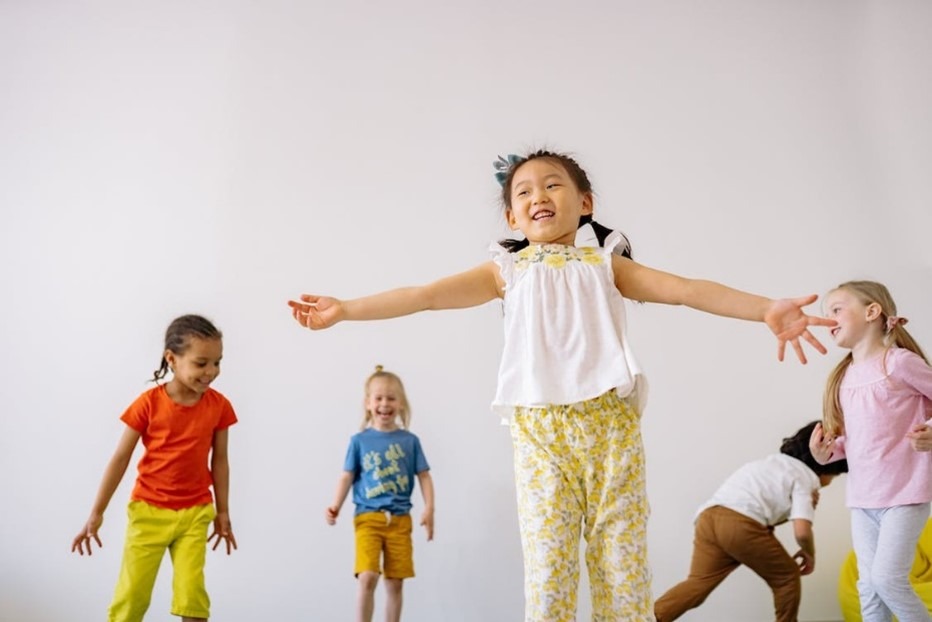Children of all ages love engaging in sensory experiences. But if you’re new to sensory play or unsure how to engage your students in sensory-based activities, we have a fantastic list of ideas for all sensory types, price points, and ages!
Sensory play engages one of our five senses: taste, touch, sight, smell, or hearing. Some sensory activities engage multiple senses at once; in fact, it is rare to have a learning experience of any kind that only engages one of our senses.
Not all activities listed here are suitable for all ages. Additionally, before engaging in any tasting activities or activities that include handling food, it is vital to be aware of any allergies within the classroom.
Specific accommodations, for example, wearing gloves or using tongs for a child who dislikes getting their hands dirty, should be made when possible for children with tactile issues or fears.
Sight Activities
Seek and Find – Seek and find books like Where’s Waldo are excellent activities to stimulate a child’s brain and cognitive development. In addition, seek and find games develop object recognition and scaffolding skills.
Sensory Bottles – Sensory bottles are an excellent calming activity. You can use them with toddlers through elementary kids! There are many ways to make sensory bottles or purchase them online.
Sound Activities
Freeze Dance – Freeze dancing is a fun activity that most children love! Teachers can vary the music’s styles, tempos, rhythms, and languages to vary the experience.

Name that Sound! – Play familiar sounds from a computer or tablet and have the children guess the sound.
Suggestions: a car horn, a dog barking, a coffee pot, a piano, etc.
High or Low – Like a hearing test, play various pitches and have the children discern if it is higher or lower than the previous one.
Touch Activities
Brown Bag Game – Use brown paper bags and place different items in the bags, one item per bag. Have the children reach their hand inside and attempt to guess what the item is using touch alone.
Suggestions: sock, toy car, rubber ducky, plastic spoon, large pom-pom, pinecone, a stuffed toy, etc.
Fidgets & Sensory Toys – Fidgets and sensory toys are always great to have on hand. Teachers should have a bin of sensory toys available to children as needed.

Sensory Bins – Sensory bins are perfect for your science and discovery area and can contain virtually anything! Water, rice, beans, Orbeez, slime, sand, snow, etc. Add shovels, cups, and other manipulatives to enhance play.
Tactile Board – Tactile boards are excellent sensory tools for infants and up! A sturdy piece of cardboard or plywood works best. Attach various fabrics and textures to the board; 10×10 cm squares work great!
Suggestions: Sandpaper, felt, sequined fabric, leather, carpet, aluminum foil, crinkly paper, etc.
Smell & Taste Activities
Scented Playdough – Making scented playdough engages our sense of smell and tactile senses. It also is a tremendous manipulative, artistic, and math tool!

Cooking Projects – Cooking projects are the perfect way to engage your students’ senses. Most cooking projects will engage all five of the senses!
Taste or Smell Test: Blindfold students and have them guess various familiar foods or smells. Be aware of any allergies before you begin.












